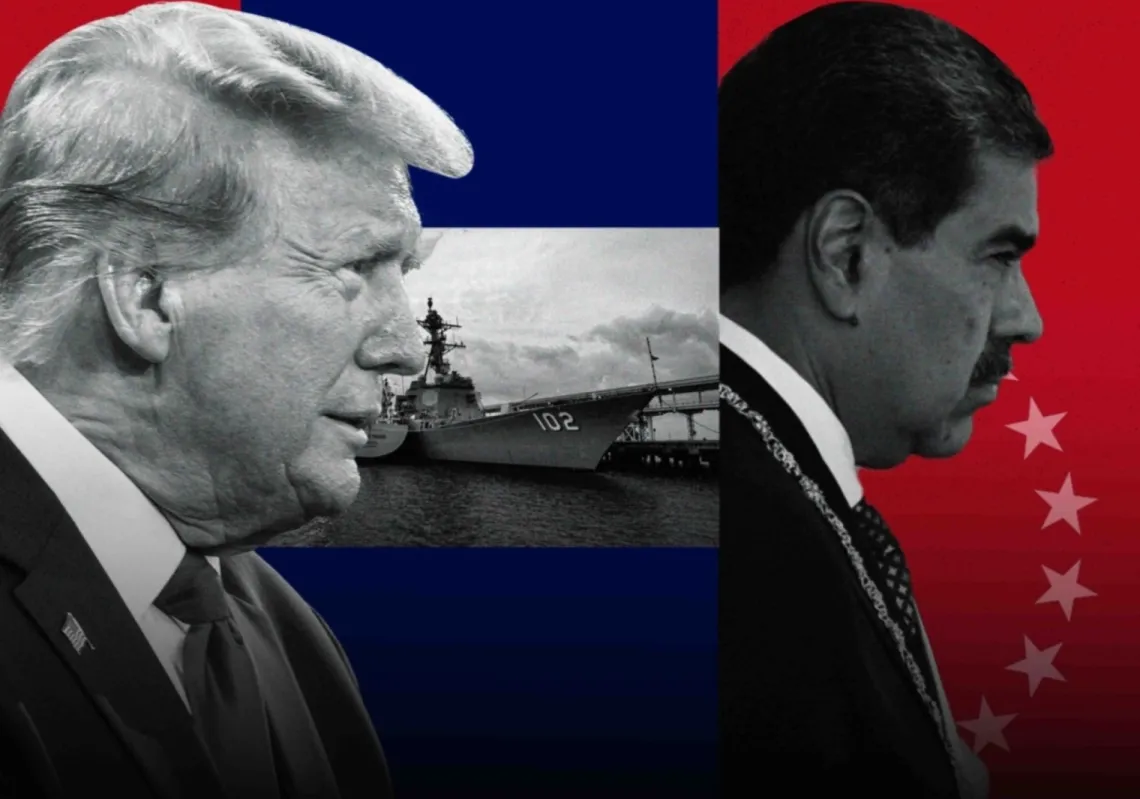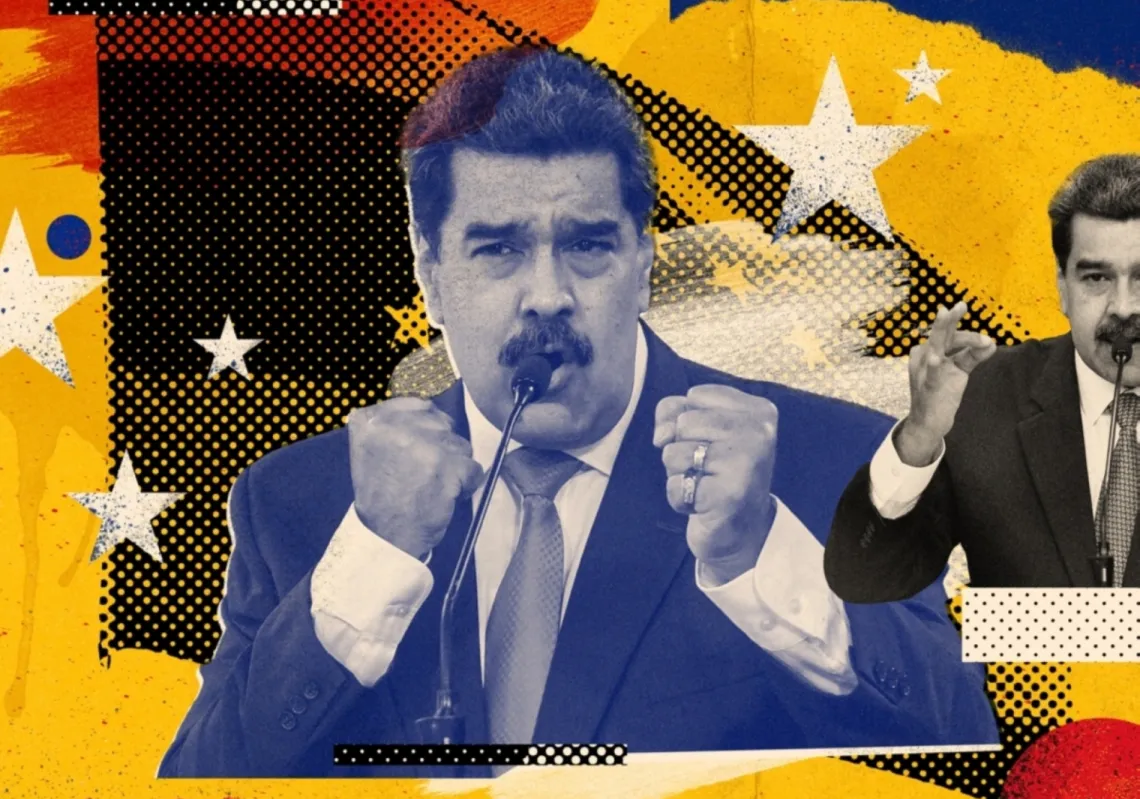The ethnic Armenian population of Nagorno-Karabakh heard bombings and explosions around lunchtime on 19 September 2023.
It was the sound confirming that one of the world’s so-called “frozen conflicts” had reignited after decades, following on from all the suffering in the disputed territory, both during the last round of violence and in its long shadow.
Less than a week later, almost all of the Armenians in the enclave had abandoned their homes for an uncertain future back over the border.
The story of this disputed territory speaks of much of the political upheaval of the 20th century, and perhaps now, it has come to some end. Perhaps it also points to a new chance for properly lasting peace. Here, we look at how it started and what might happen next.
An enclave in the shadows of history
When the Soviet Union was organising itself into various republics in the early 1920s, its leaders decided that the Republic of Azerbaijan would have within it a region called the Nagorno-Karabakh Autonomous Oblast, where more than 80% of the population was ethnically Armenian.

Read more: Nagorno-Karabakh's perpetual conflict shows Soviet Union still crumbling
Armenia was formed into a separate Soviet republic across an internal border. Armenians and Azerbaijanis lived together in Nagorno-Karabakh in relative peace for several decades.
It even seemed to some that the historical conflicts between the Armenians and the Muslims that had constantly existed in Nagorno-Karabakh — with each group dominating over the other in various periods — had been consigned to history.
Even during the Soviet period, there were various appeals for the Nagorno-Karabakh Autonomous Republic to be structured as part of the Armenian Soviet Social Republic, given the ethnic identity of most of its population.
The Soviet leadership regularly rejected these requests, but the movement gained momentum in the late 1980s, a time when the Soviet Union itself was growing weaker.













